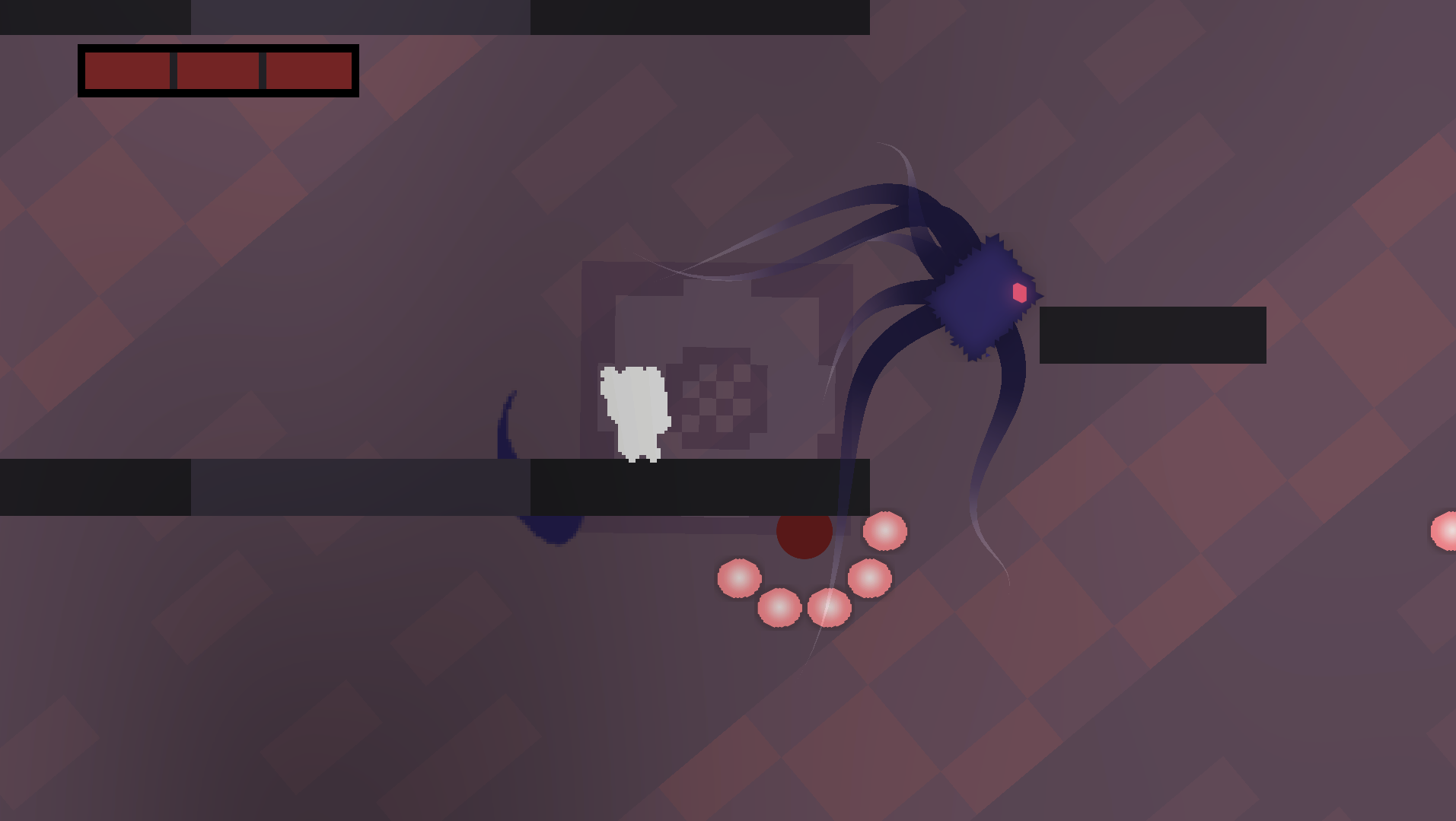Games
You can find the two other iterations at my Itch.io page and press on the image to play the original version.
CANA Project
Overview: "Cana Project" is a pixel art platformer inspired by the simplicity of one-button mobile games and the intricate level design of Celeste. Designed for potential future release on mobile and PC, the game introduces refreshing play styles through dynamic in-level events, challenging players with shifts in commands and gameplay mechanics. Over a month and a half, our team crafted a game that not only tests skill and reflexes but also tells a compelling story through its visuals and music.
My Role: As the driving force behind the game's development, I took on multiple roles including Creative Lead, Lead Game Designer, Animator, Character Designer, VFX Artist, and Level Designer. My mission was to ensure that every game element, from mechanics to aesthetics, worked harmoniously to deliver an immersive experience.
Innovation and Design: Drawing inspiration from everyday experiences and the universally appealing concept of ninjas, we crafted our protagonist: a DJ Ninja. This unique character choice allowed us to explore a distinct narrative and aesthetic, further differentiated by an original soundtrack produced by our team. Our game stands out by integrating music production talents, setting our project apart and allowing each team member to shine.
Development Insights: Following the project's initial release, I seized the opportunity during a "game-a-week" class project to explore Cana's potential further. I developed two iterations independently: one featuring an expanded level design and another as a streamlined one-button game. These versions showcased Cana's versatility and the depth of its gameplay mechanics.
Aesthetic and Storytelling: "Cana Project" excels in its aesthetic appeal, combining pixel art with sophisticated visual and sound effects to enrich the gaming atmosphere. The narrative unfolds as the player navigates running away from the darkness with only a light to fend off the encroaching shadows.
Collaborative Creativity: My contribution spanned all aspects of the game's development, from conceptualizing the character and level design to animating and integrating visual effects. I focused on ensuring cohesive and engaging game feel, advising on color schemes and the emotional tone of the music to complement the game's aesthetic. My holistic approach to game design facilitated a unified and compelling gaming experience.
Conclusion: Through "Cana Project," we aimed to deliver a game that captures the essence of adventure and rhythm, underscored by a narrative that resonates with players. My involvement across all development stages reflects my commitment to creating engaging, aesthetically pleasing, and mechanically rich games.
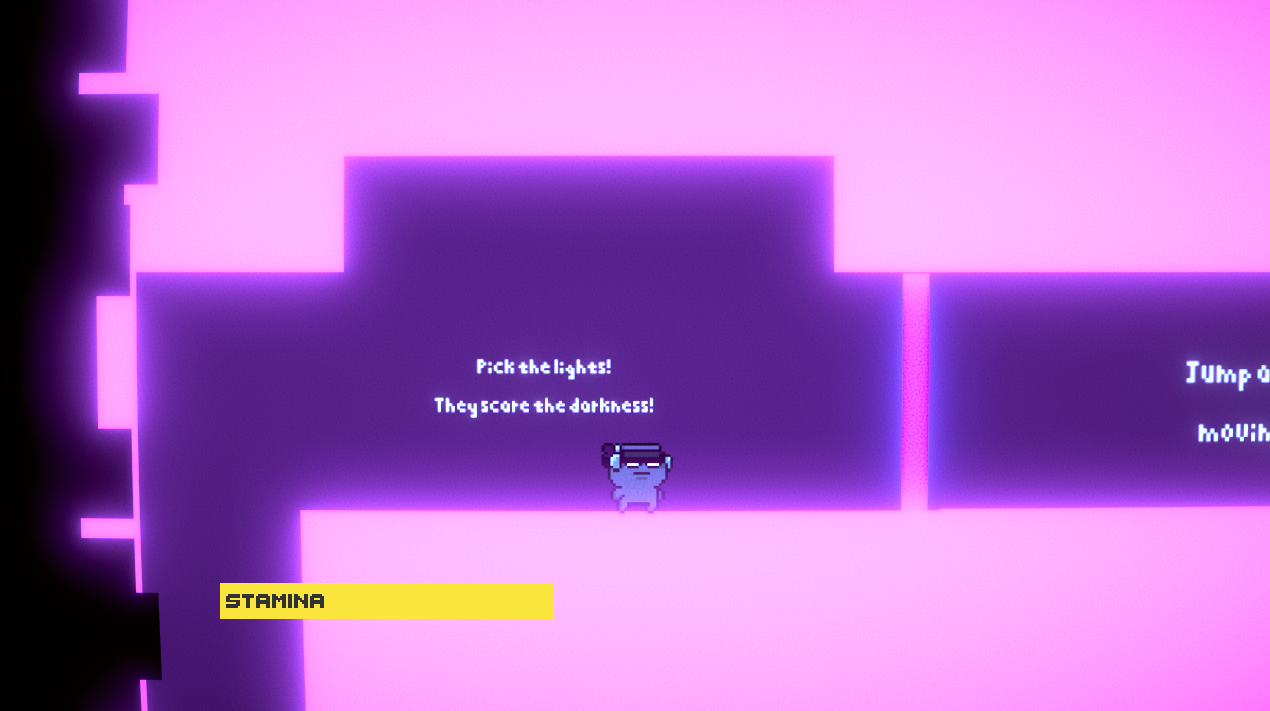

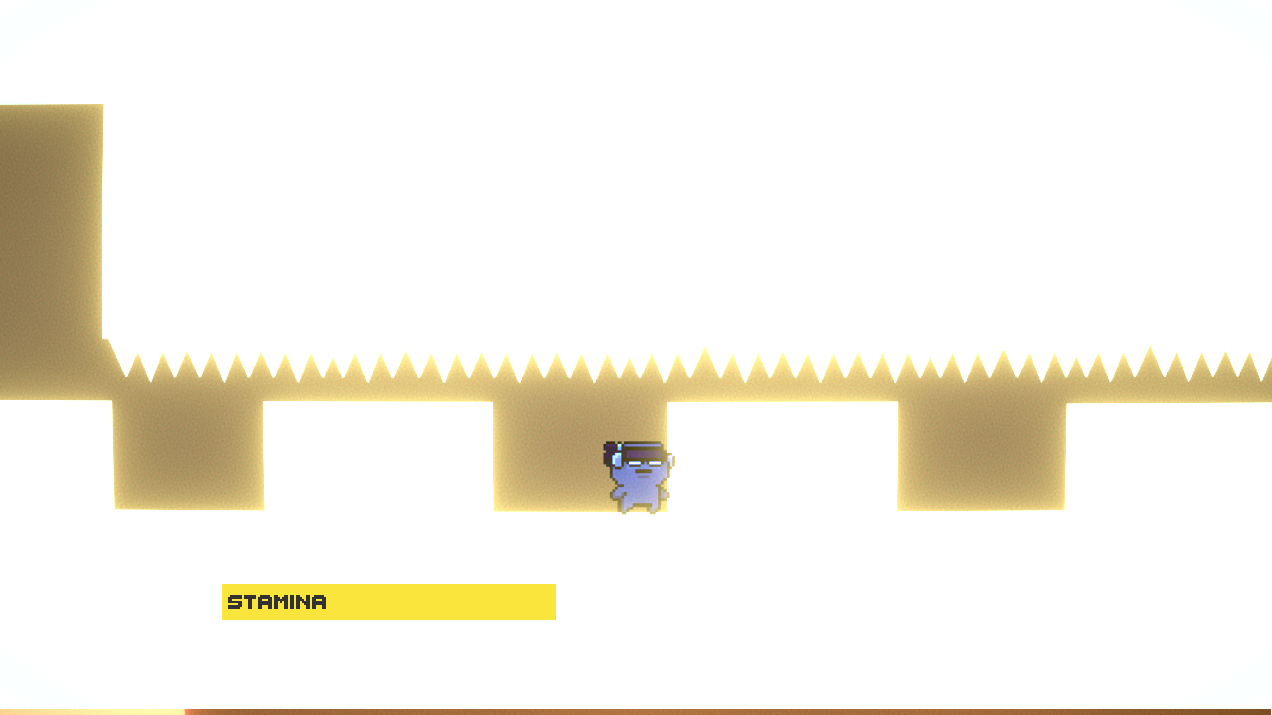
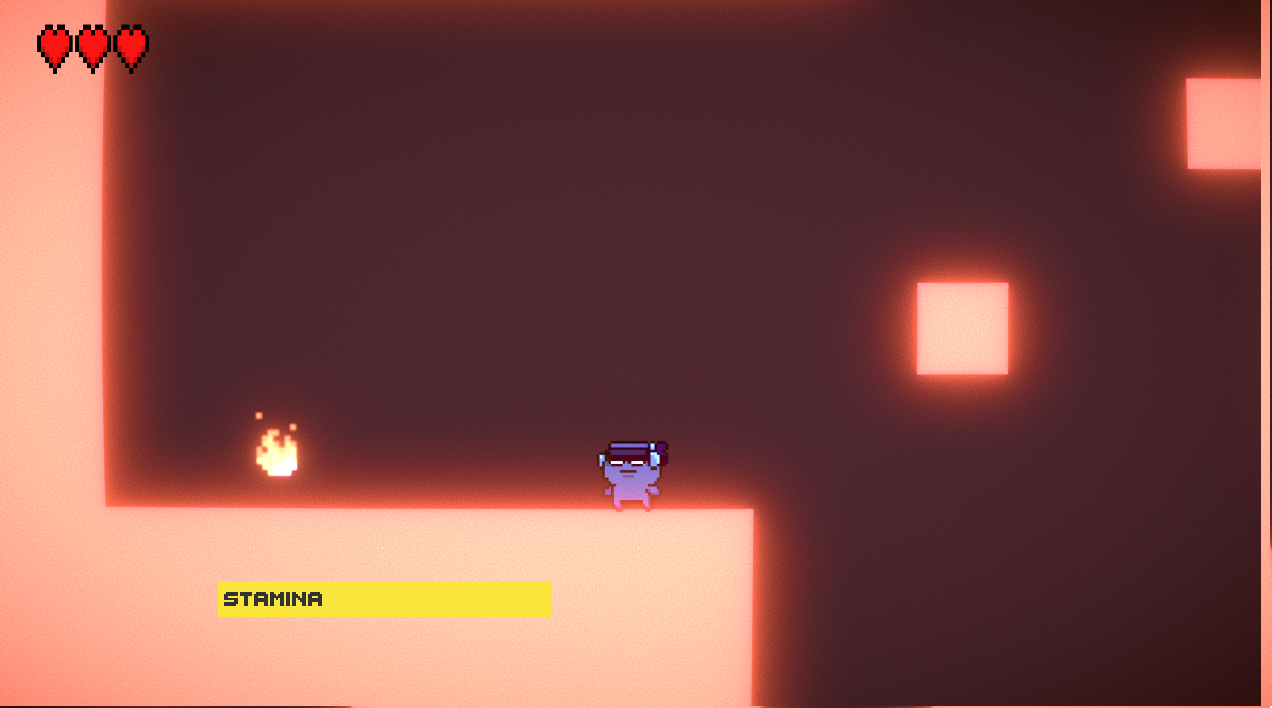
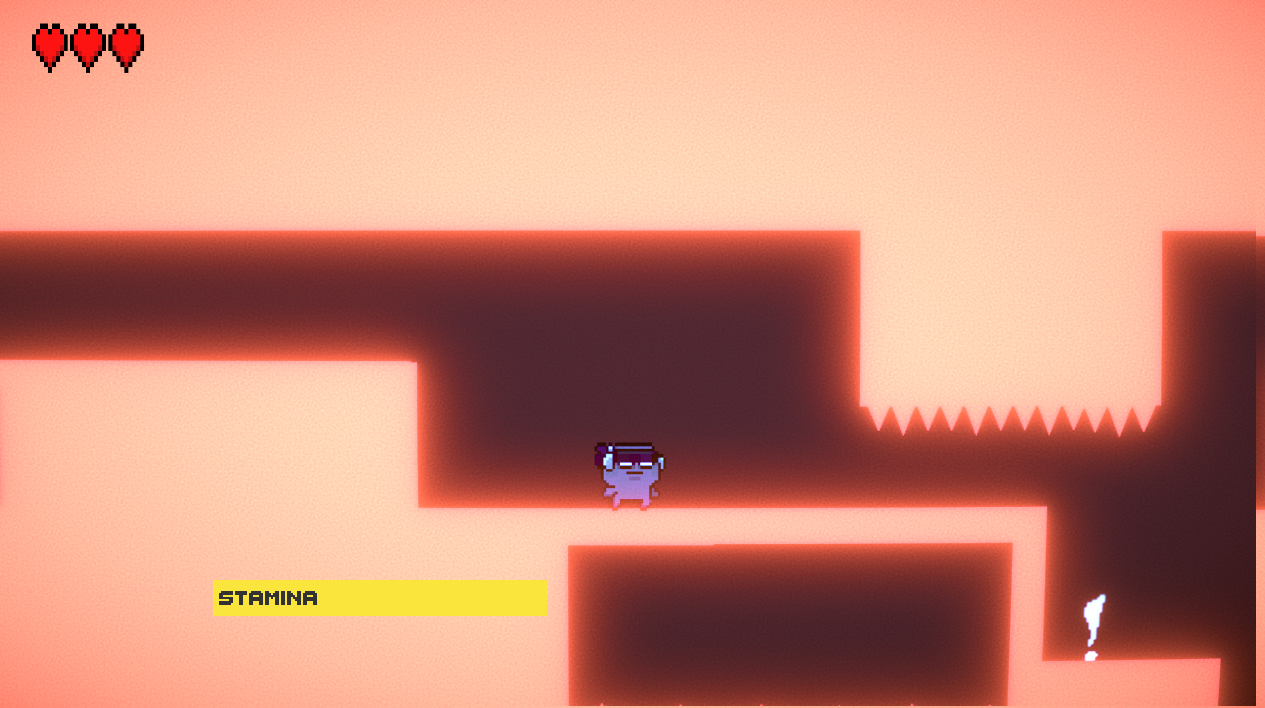
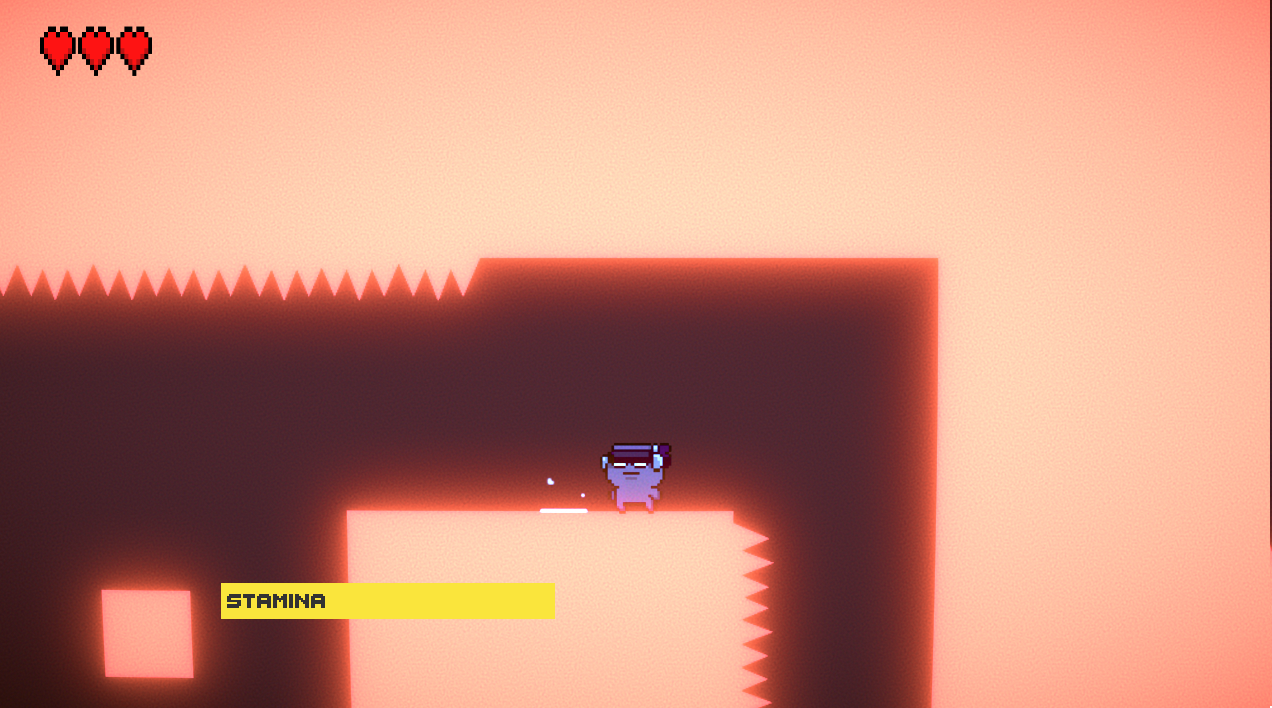


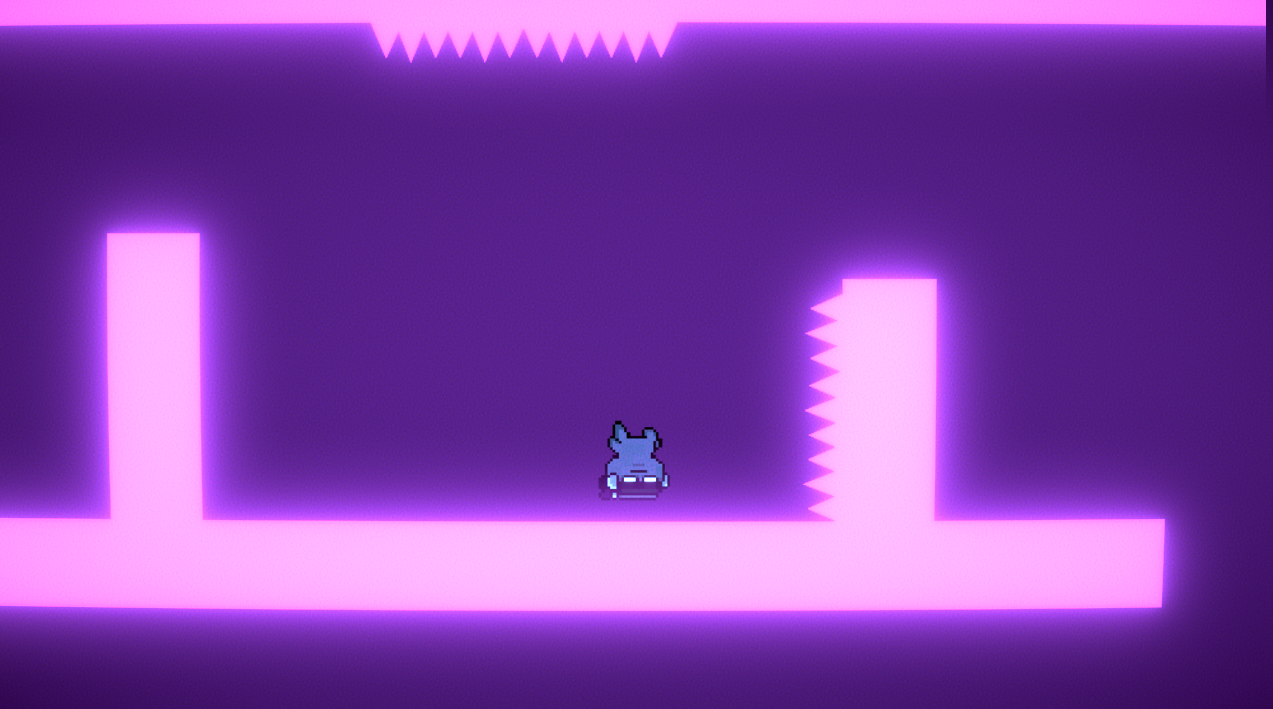
Fight Me!
Overview: "Fight Me!" transforms the classic multiplayer PVP concept into a delightful blend of aggression and adorability. Set in a world where fighters don onesies of cats, frogs, Hamtaro (I mean hamsters), and pigs, the game invites up to four players to share a keyboard in a battle of wits and quick reflexes. The objective is simple yet brutal: jump on your opponents, outmaneuver them with power-ups, or activate deadly traps to emerge victorious.
My Role: Creative Lead, Animator, Character Designer, VFX Artist. Initially, I created all game assets. After the project phase, my level designer and coding partner asked me to help him to find online assets to rebuild the available levels with them and create new ones.
Gameplay Dynamics: "Fight Me!" is rich with in-game features that dial up the intensity. Power-ups like a forward-shooting gun, a swift sword, or a time-altering clock add layers of strategy, while environmental hazards—sliceable buttons and arrow traps—keep players on their toes.
Creative Direction: The decision to feature characters in animal onesies was driven by a desire to fuse elements of cuteness with aggressive gameplay. This creative choice not only set "Fight Me!" apart but also underscored our team's ability to innovate within the crowded PVP space. My role extended beyond asset creation; I was deeply involved in shaping the game's overall feel, from the whimsical character designs to the selection of earthy color palettes that contrast the game's brutal mechanics.
Conclusion: "Fight Me!" stands as a testament to the power of creative collaboration and a the experience of delivering a multiplayer game in a week. By balancing the elements of adorableness with the thrill of combat, we've created a memorable game that captures the hearts (and competitive spirits) of players. My involvement in every aspect, except coding and level design, has not only broadened my skill set but also reinforced my passion for bringing unique game concepts to life.

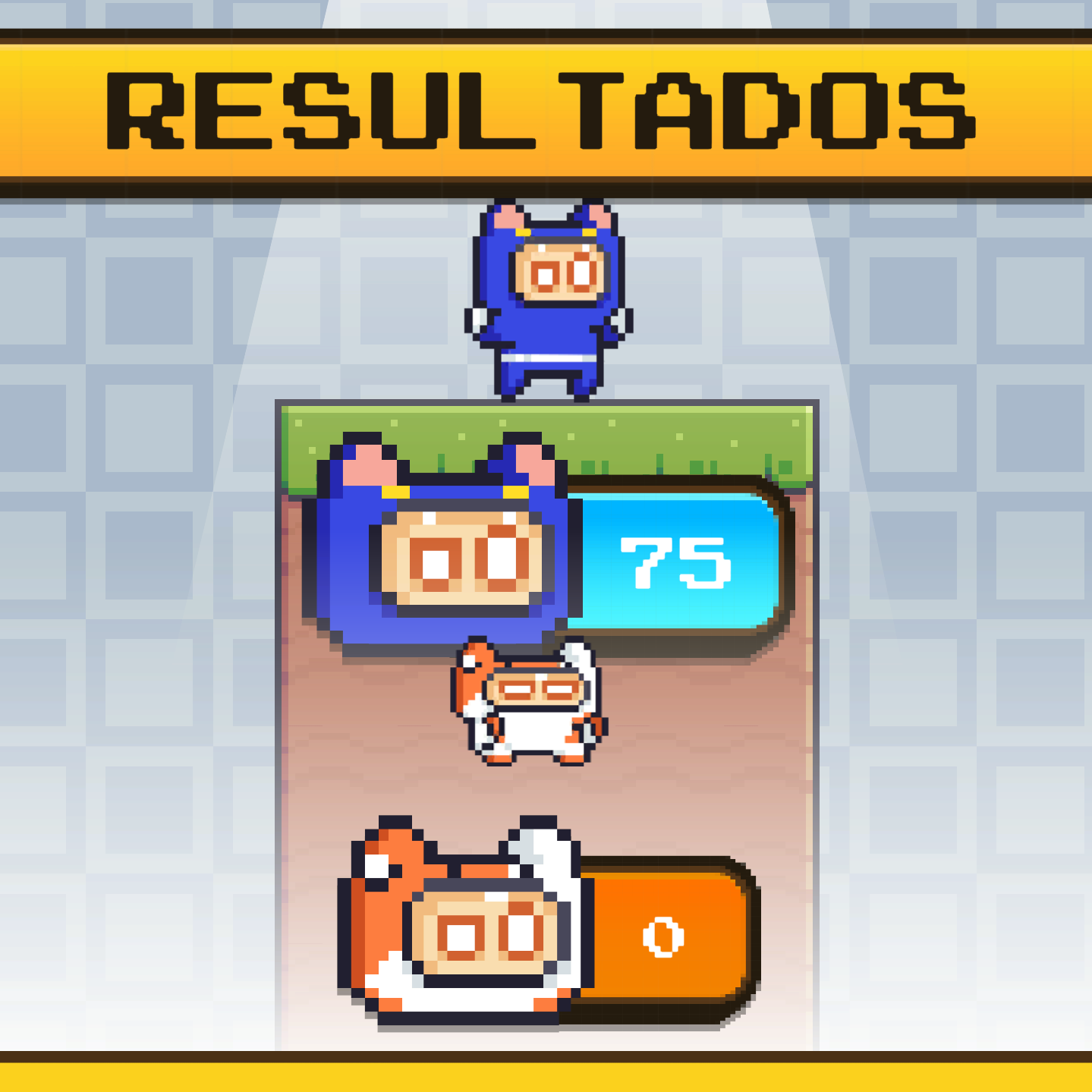

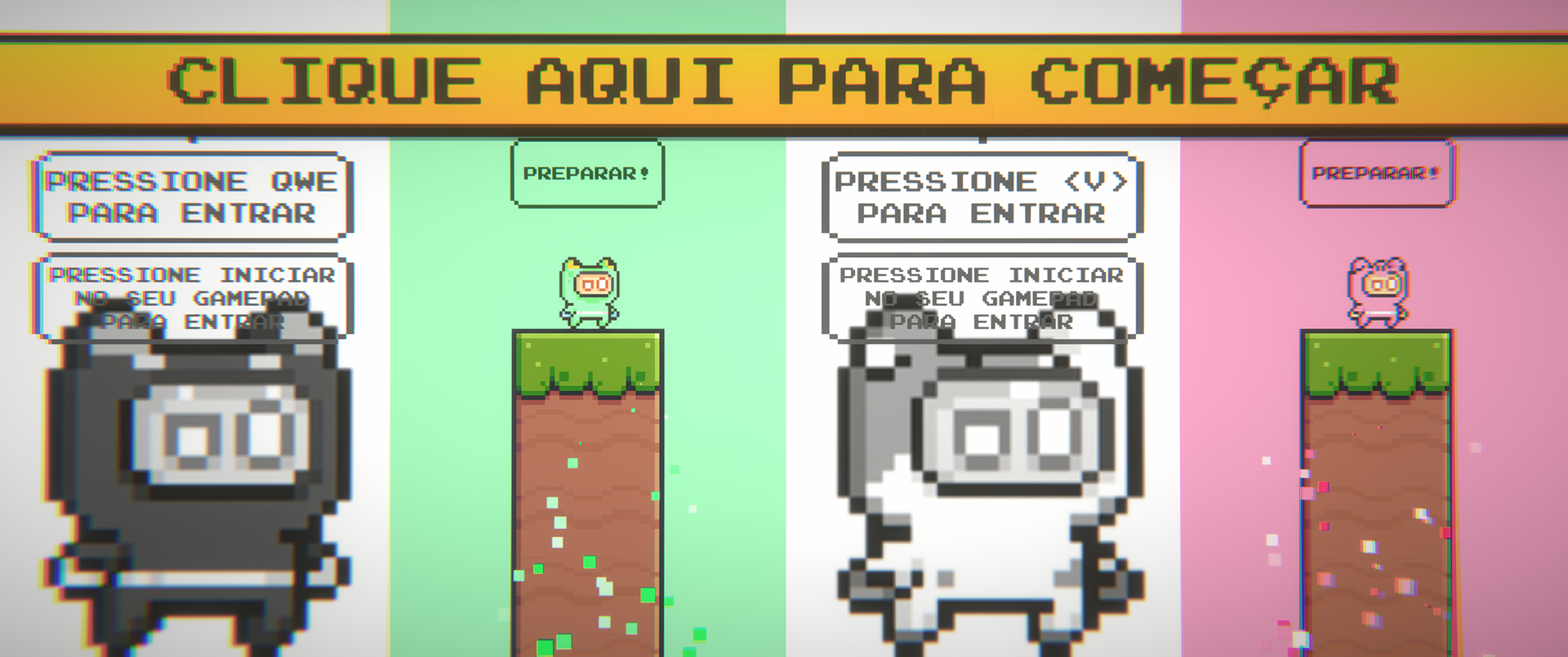
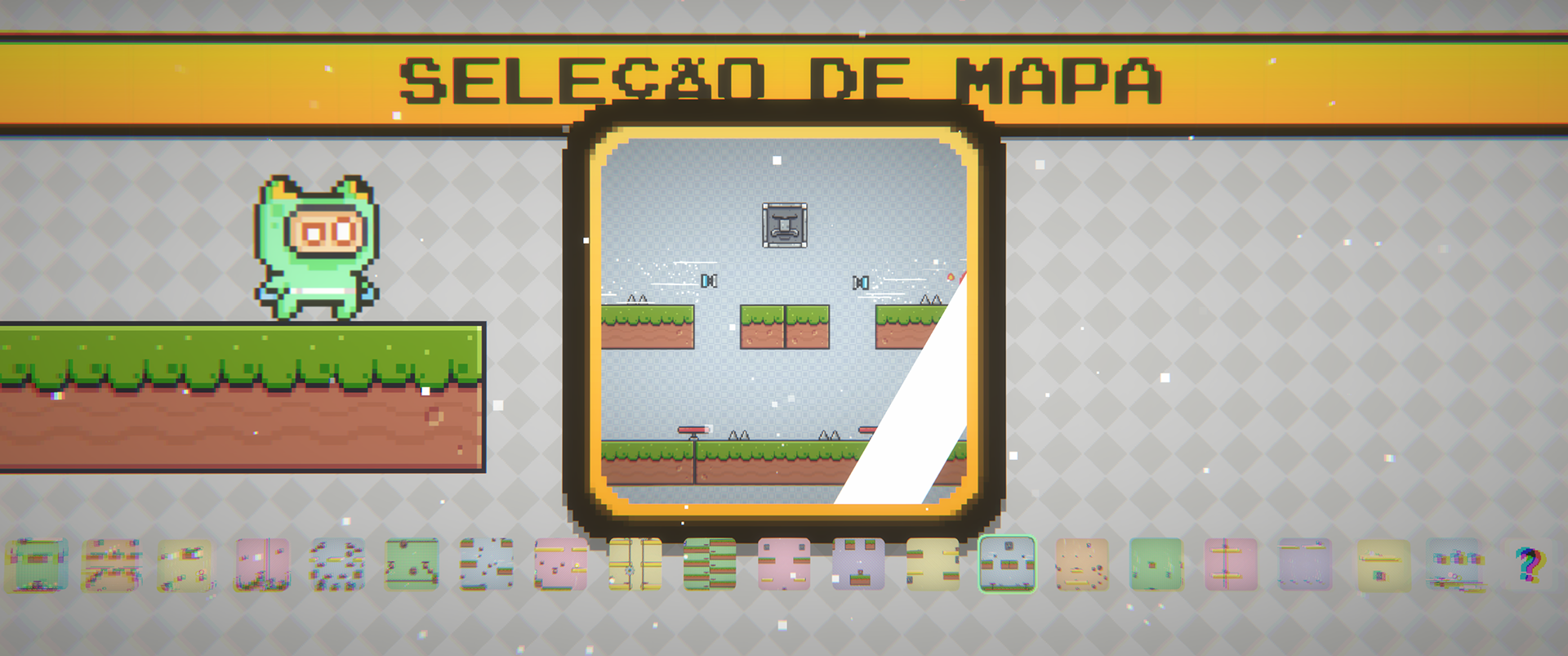
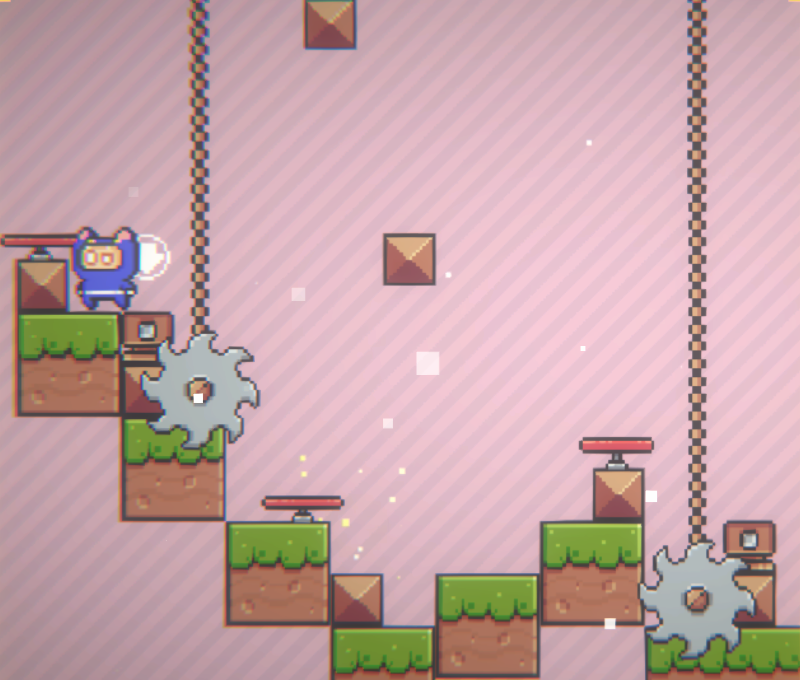
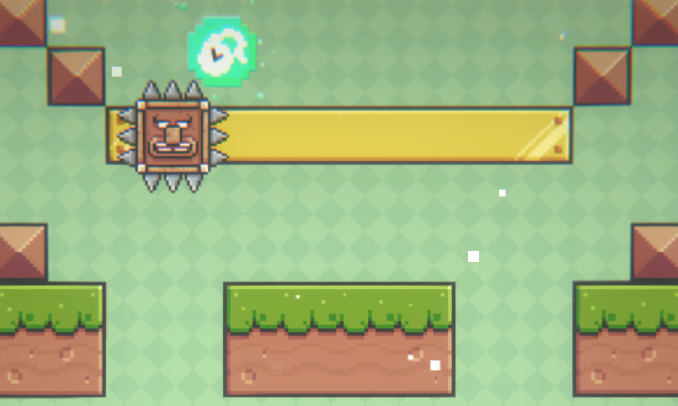
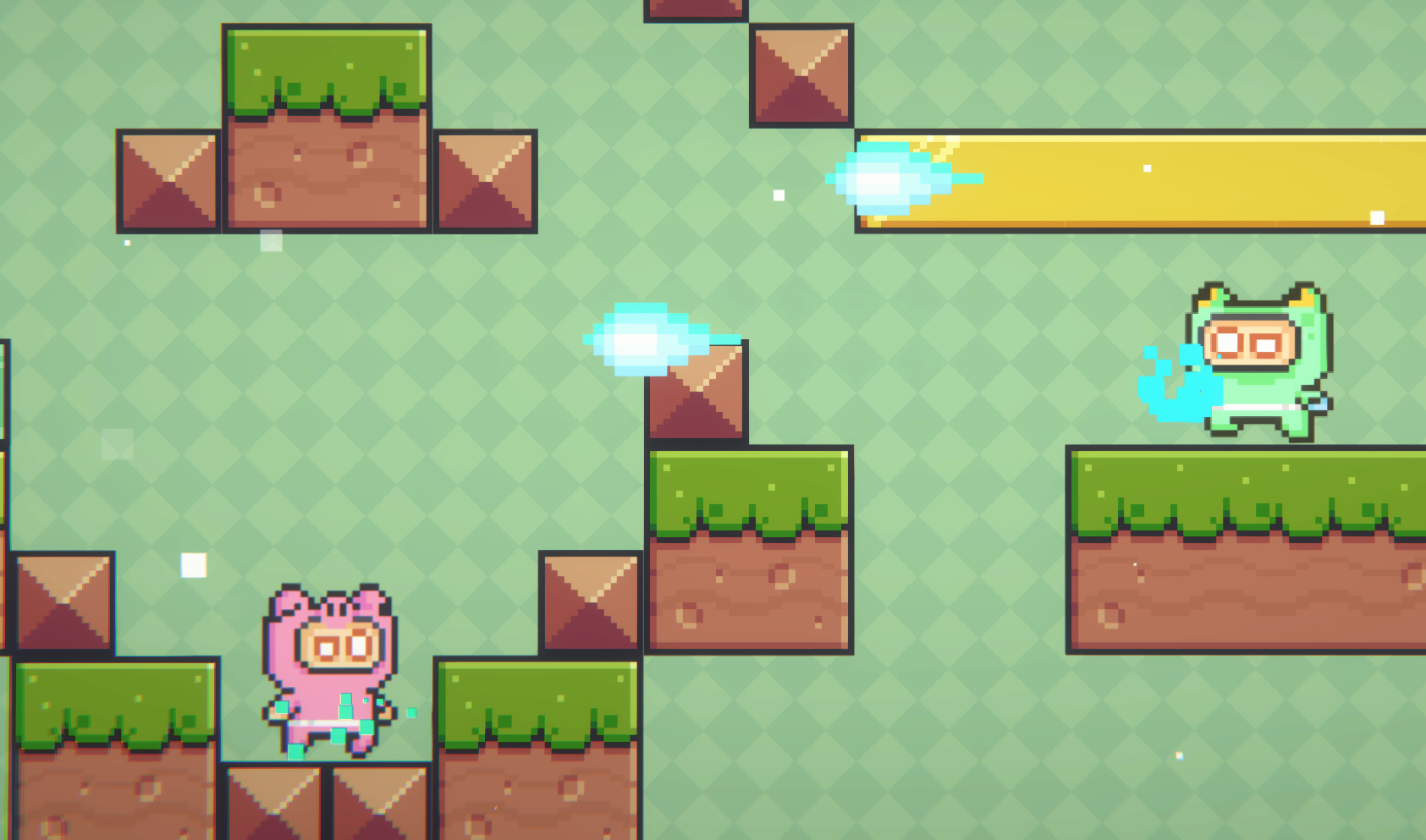

Project-0626
Overview: Developed within a week for the Game-A-Week challenge at the University of Europe for Applied Sciences, "Project 0626" takes the concept of procedural generation to explore the theme of confrontation and resilience. Unlike its predecessor, "Cana," where the protagonist evades darkness, this game introduces a more formidable ninja character who actively combats varying manifestations of darkness - the bosses, which are the centerpiece of the game's procedural generation mechanic.
My Role: As the Game Designer and Artist, I was responsible for the character design, the game's logo, and all animations. My aim was to visually and thematically contrast this game from "Cana" by adopting a darker, more intense aesthetic, emphasizing reds and dark tones to evoke a sense of violence and bloodshed.
Design Philosophy: Drawing inspiration from the initial concept of "Cana," "Project 0626" was envisioned as a deeper dive into the narrative of fighting the darkness. This time, however, the darkness is not merely a backdrop but a central antagonist that evolves procedurally, offering players a unique challenge in every encounter. The decision to make our ninja character appear more menacing and prepared for battle reflects the game's overarching message of facing one's fears head-on.
Conclusion: "Project 0626" stands as a bold experiment in procedural generation, pushing the boundaries of narrative and gameplay integration. My contributions as both Game Designer and Artist were crucial in bringing this vision to life, creating a game that challenges players not just mechanically but emotionally.



